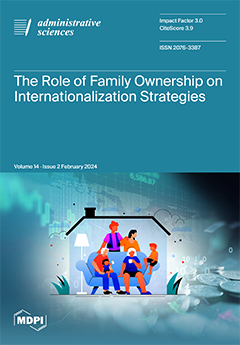This study explores the transformative impact of IoT technologies on smart tourism, striving to boost operational efficiency and enrich the traveler experience. Using a systematic literature review with bibliometric analysis, we examined a sample of 83 studies indexed in SCOPUS to identify research
[...] Read more.
This study explores the transformative impact of IoT technologies on smart tourism, striving to boost operational efficiency and enrich the traveler experience. Using a systematic literature review with bibliometric analysis, we examined a sample of 83 studies indexed in SCOPUS to identify research activity on this topic until November 2023. The integration of cutting-edge technologies, including big data, smart sensors, cloud computing, machine learning, artificial intelligence, wearables, mobile applications, augmented reality, and virtual reality, establishes the foundation of the IoT-enabled smart tourism ecosystem. These innovations bring distinct capabilities, from facilitating data collection with embedded sensor technologies to using cloud computing for essential services like data storage and analytics. Examining various IoT applications in smart tourism, such as recommender systems, smart cities, payment systems, and electronic ticketing, reveals their positive effects on safety, efficiency, and personalized services. However, challenges like security, privacy, software complexity, scalability, and interoperability necessitate robust measures. This study identifies future research directions, including enhancing security and privacy, exploring blockchain integration, investigating edge computing, and improving interactions between tourists and smart tourism systems. These endeavors aim to address challenges and seize opportunities, fostering innovative solutions for the evolving needs of the tourism industry in a technologically advanced landscape.
Full article





